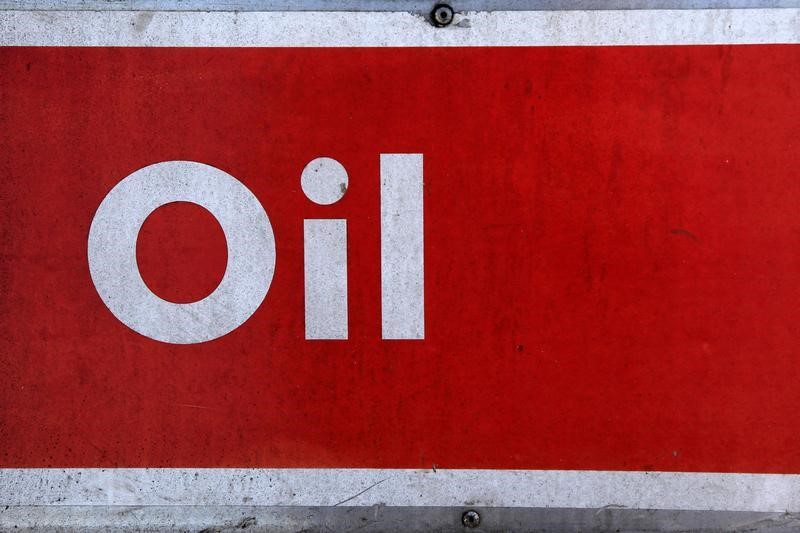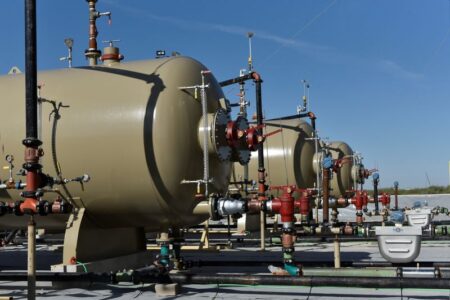Oil prices reached new highs on Tuesday, as traders factored in the implications of supply restrictions. This surge in prices is a result of production curbs by Russia and Saudi Arabia leading to a tightening of supplies. Despite concerns over China’s economic growth and a sluggish European economy, investors have continued to rally behind the commodity. Last week, U.S. oil prices rose by 3.7% and by 3.6%, both closing Friday at their highest levels since November.
Chevron (NYSE:)’s CEO, Mike Wirth, forecasts that prices will likely reach $100 per barrel, a level not seen in over a year. The dwindling supply and reducing inventories suggest this trend is gradually gaining momentum. Wirth pointed out these factors as indicators of an upward trajectory for oil prices.
Nonetheless, Wirth also recognized the potential economic impacts of such high price levels. He warned that $100 oil could potentially slow down both the U.S. and global economies, echoing concerns shared by several market observers.
Despite these apprehensions, Wirth underscored that higher oil prices have been prevalent for most of this year and all of last year without triggering the much-discussed recession. He expressed confidence that the fundamental drivers of both the U.S. and global economies remain robust.
As for long-term price expectations for oil, Chevron’s stance remains consistent despite the market volatility experienced since the pandemic began. Wirth described this period as one marked by unpredictable and fluctuating prices, deviating from what would be considered a midcycle trend.
This article was generated with the support of AI and reviewed by an editor. For more information see our T&C.
Read the full article here












